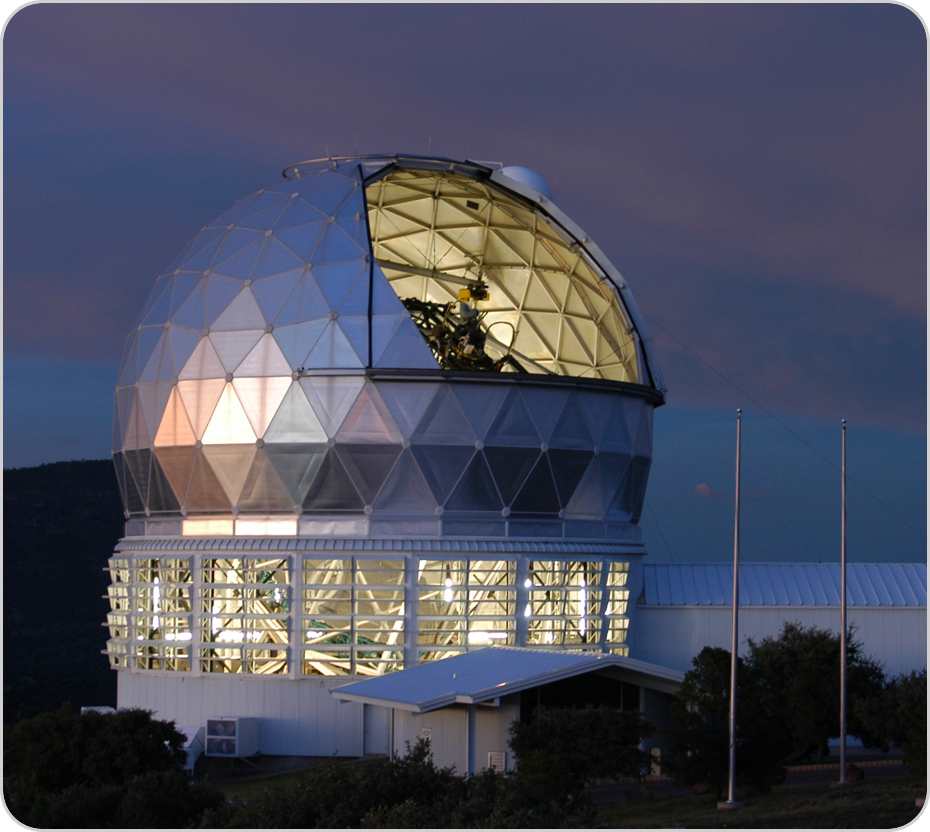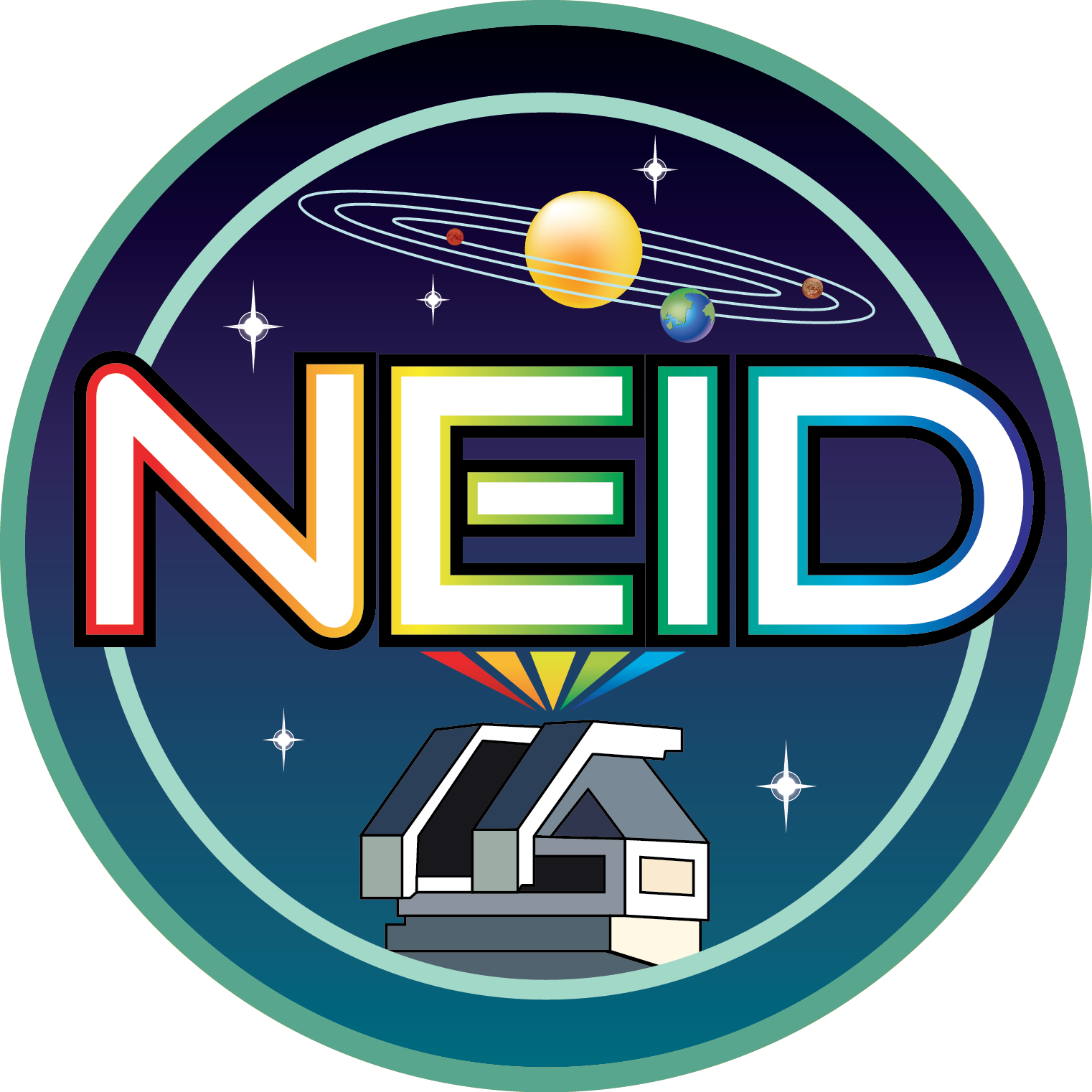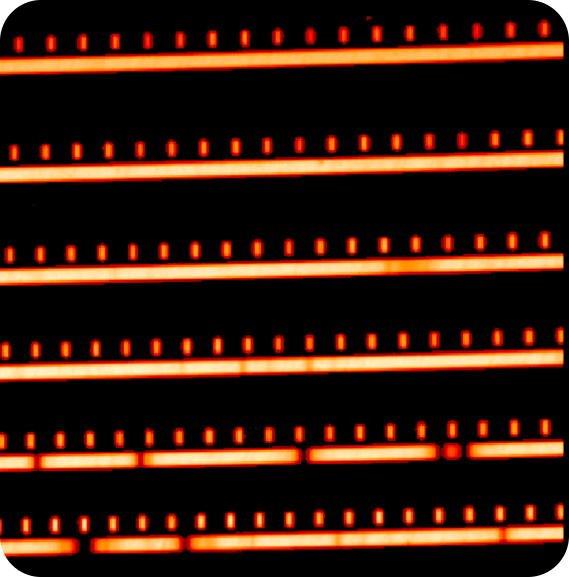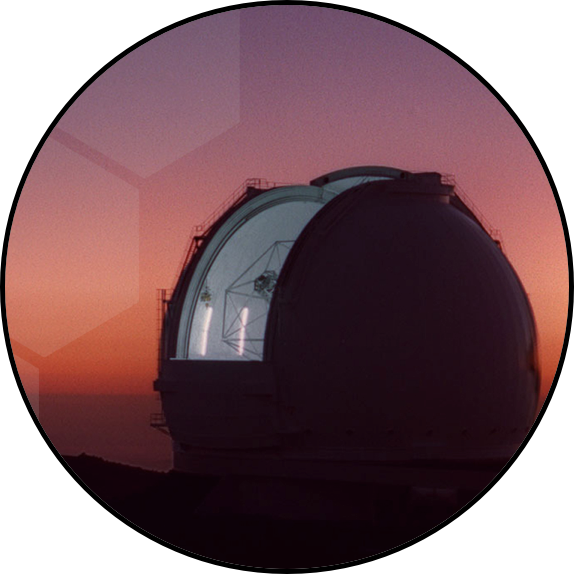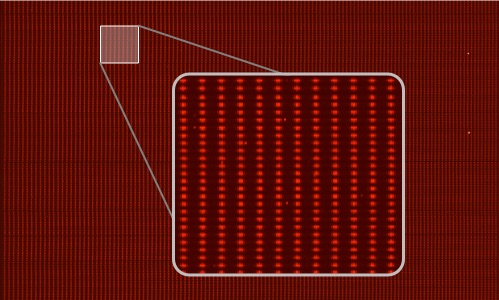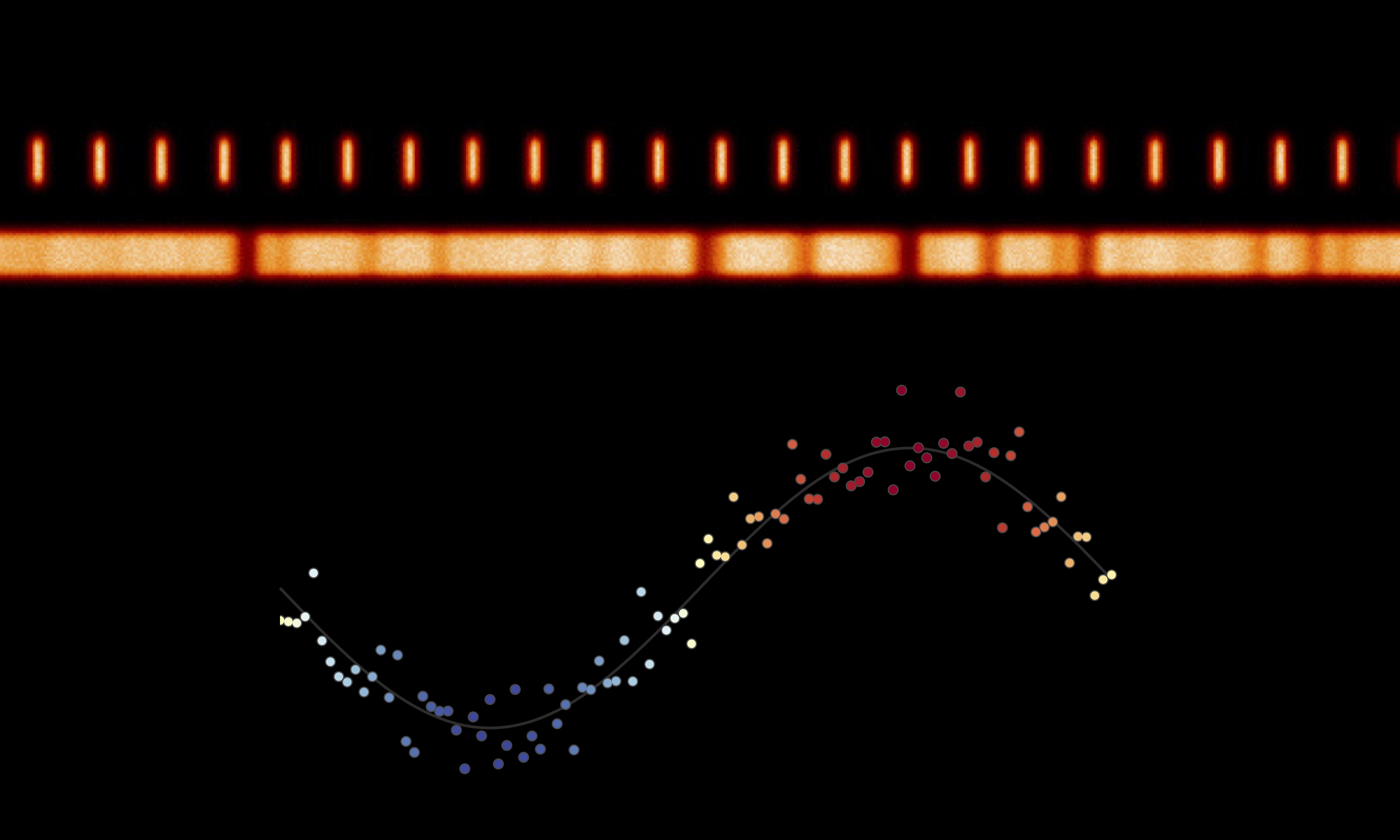
The Extreme Precision Doppler Spectrometer
I am a co-investigator for the NEID spectrograph, which is a high resolution optical instrument for the 3.5 meter WIYN telescope. NEID is designed to achieve 25 cm s-1 measurement precision on bright stars, opening an entirely new exoplanet discovery space. NEID is currently being developed at Penn State University, and is a partnership between PSU, University of Pennsylvania, NIST Boulder, NASA Goddard Space Flight Center, and MacQuarie University. As part of the NASA/NSF NN-Explore program, NEID will be delivered to the WIYN telescope in Spring 2019.
I developed a rigorous, comprehensive, and realistic RV error budget based on detailed analysis of every instrument subsystem (Halverson et al. 2016b). I also contributed heavily to the spectrometer optical design, the design of the telescope optical fiber injection system, development of photonic wavelength calibration sources, and performed detailed simulations to predict on-sky velocity measurement performance. NEID website

